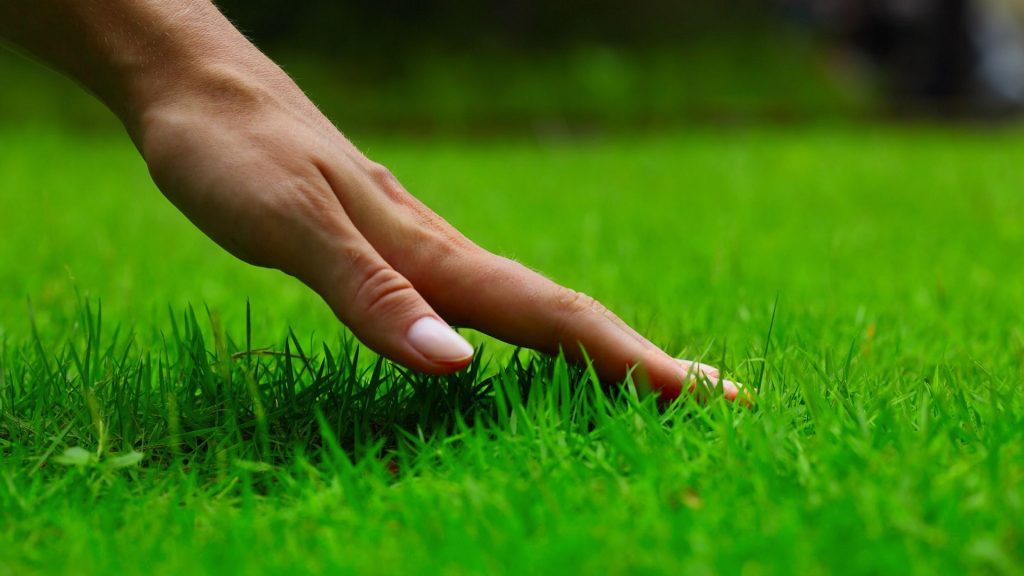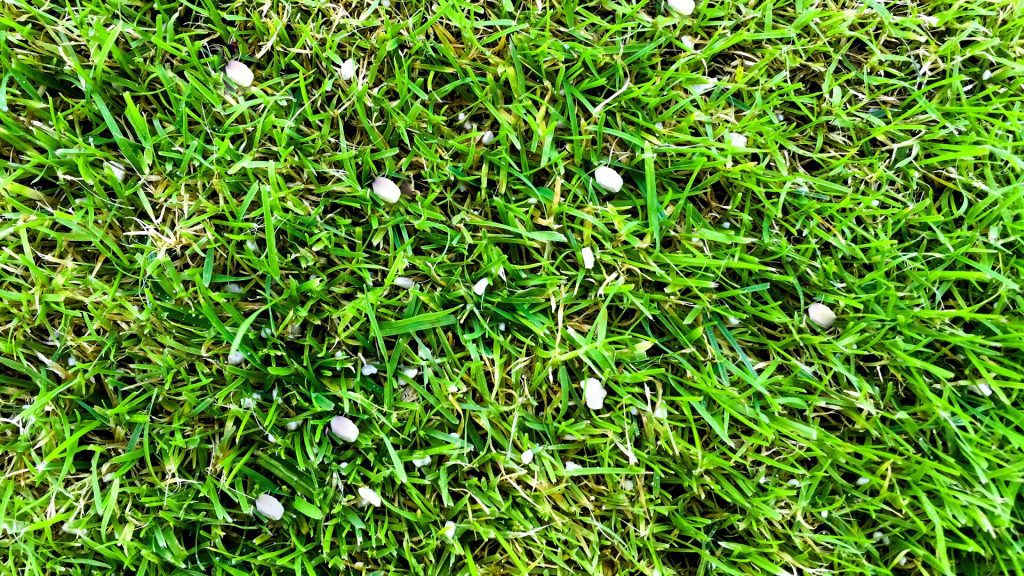
What is the Best Ratio for Lawn Fertilizer?
One of the biggest mistakes people make when fertilizing their lawn is assuming that any old product will do. In fact, plants require a careful balance of nutrients for fertilizer to be effective, so figuring out the right ratio for your lawn is critical.
What is the best ratio for lawn fertilizer? Fertilizer ratios detail the nitrogen, phosphorous, and potassium content within them, and for lawns, the most common is 3:1:3 or 4:1:2. However, each lawn is different and requires a unique balance of nutrients, so testing the soil first is recommended.
If you’re ready to start fertilizing your lawn for more luscious results, you’ll need to know how to choose the right fertilizer. With our help, you’ll get the perfect ration and even better results from your lawn, so read on to find out more.
What is a Fertilizer Ratio?
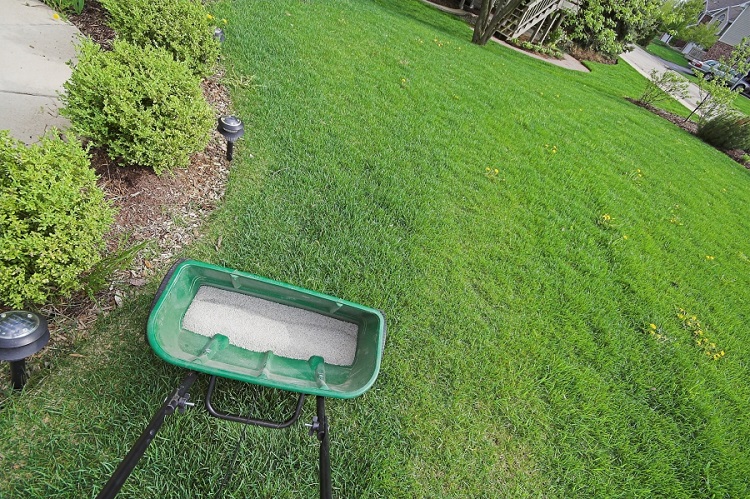
All fertilizer products come with details about the nutrients contained within them, and the most common way they do this is with the NPK ratio.
Nitrogen (N), phosphorous (P), and potassium (K) are considered the most important nutrients, so they’re listed in this order depending on what percentage the fertilizer contains.
There are all different kinds of fertilizers with unique formulas and benefits, so it’s not as simple as grabbing any package and hoping for the best.
The formula of the fertilizer you choose must meet the nutrient requirements of your plants, and this goes for the grass on your lawn as well.
Most lawns need nitrogen most for good growth, but there are limits on how much nitrogen can be applied without doing damage to the grass.
Usually, a rate of one pound of nitrogen per 1,000 square feet of grass is needed every year, split over a few applications, but this also depends on grass type, nutrient levels, and the type of fertilizer used.
What is the Best Lawn Fertilizer Ratio for My Lawn?
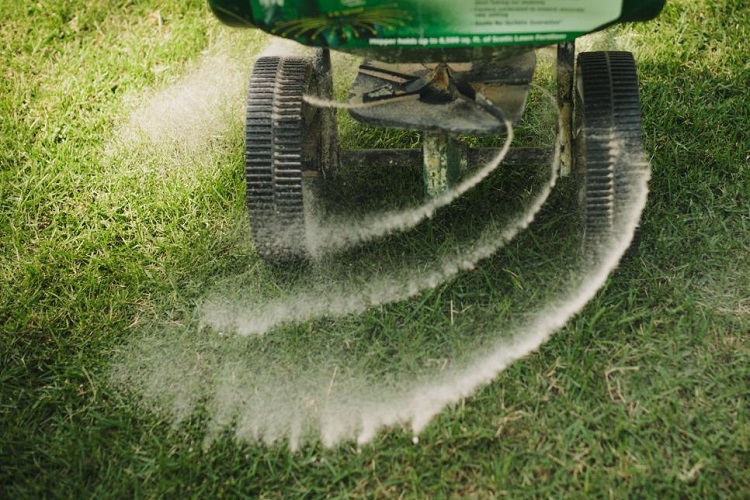
If you have a look around the fertilizer section of a gardening store, you’ll see certain fertilizers branded as being lawn specific.
These usually contain ratios that are suitable for most types of grass and they should be Benfica to apply to yours as well.
However, these multipurpose fertilizers aren’t always right, especially if your grass and soil have unique needs that they can’t meet.
The only way to determine the exact ratio of lawn fertilizer you need is with soil testing, as this can show you the current condition of the earth and what nutrients it’s lacking.
You can purchase DIY soil testing kits online and in gardening supply stores, with the results showing you a clearer picture of what your lawn requires. From there, you can choose a ratio of fertilizer that best suits it.
You’ll also want to determine what type of nitrogen is present in the fertilizer as this can affect the ratio again. A fertilizer product might be fast release or controlled or slow-release, with lawns, usually preferring the controlled release variety.
Knowing this can help you determine the right ratio of fertilizer as well, so you need to keep all of these factors in mind.
The Most Common Lawn Fertilizer Ratios

Although recommended to test the soil, it’s not always a possibility, whether it’s time or money that’s a constraint.
Therefore, you’ll want to choose from one of the most common lawn fertilizer ratios that has a good chance of providing your grass with what it needs.
- 3:1:3
- 4:1:2
- 5:1:2
The reason that these ratios are most common is because of the balance of nitrogen they provide, which is more than the other nutrients in almost every instance.
As nitrogen is responsible for green plant growth, it’s important to have this at the forefront of any fertilizer, but with care taken not to go overboard.
Getting the Ratios Right for Your Lawn
With just a little bit of research, you can ensure that the fertilizer you’re applying to your lawn is going to have the most beneficial results.
Once you understand the importance of these nutrient ratios and know the current condition of your grass, you’ll be able to find the perfect fit for your lawn every time.
Related Questions
Maintaining a healthy lawn isn’t always easy, with jobs like fertilization and aeration being part of the process.
However, if you want your lawn to look its best, you’ll need to learn what’s required of you on a regular basis, so read on for a few commonly asked questions that can help.
Should I Fertilize After Aeration?
One of the best times to apply fertilizer is straight after aeration, as the holes in the soil will make it easier for the nutrients to reach the plants’ roots.
Although not necessary every time you fertilize, you should plan to aerate once a year and then follow it up with a reseeding and fertilization process.
Does Manual Weeding Work?
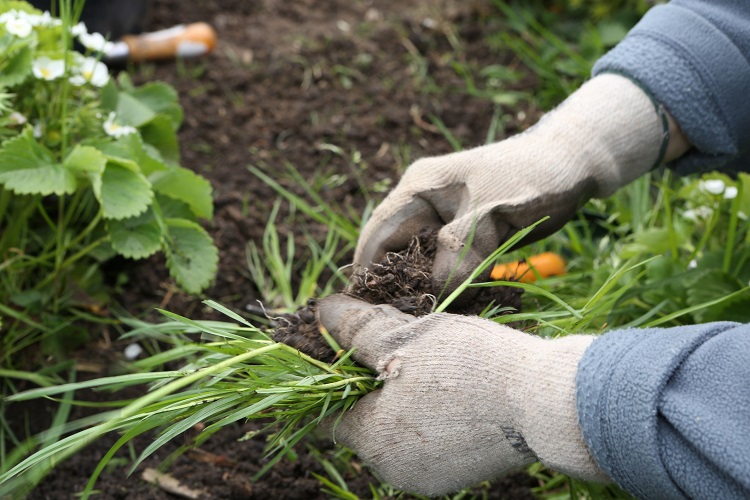
Pulling weeds by hand is the preferred method by many gardeners, but it can spread the seeds of these unwanted plants in the process.
If you do plan on hand-pulling weeds, make sure you’ve covered the top of the plant in a bag and are pulling from the root to remove the entire thing and prevent it from returning.
Can I Water the Lawn After Fertilizing?
Most fertilizers recommend watering the lawn after applying the product, as this helps it to absorb.
Watering the lawn will also reduce the amount of excess fertilizer left on top of the grass blades which can pose a health risk to children and animals that might also use the lawn.
Resources:
